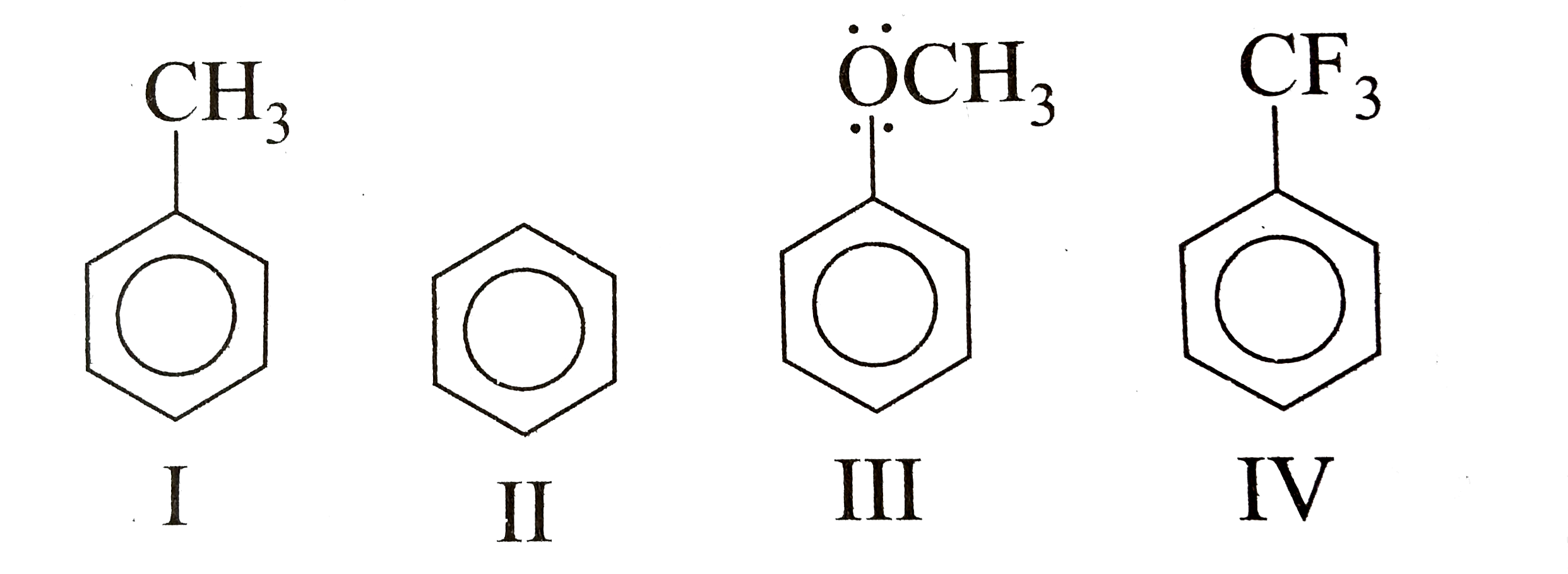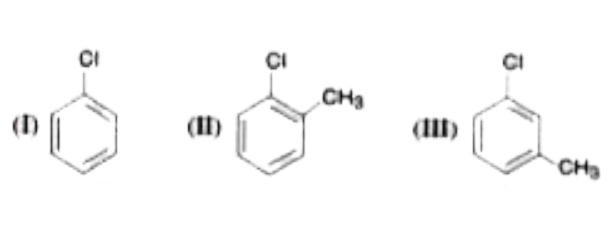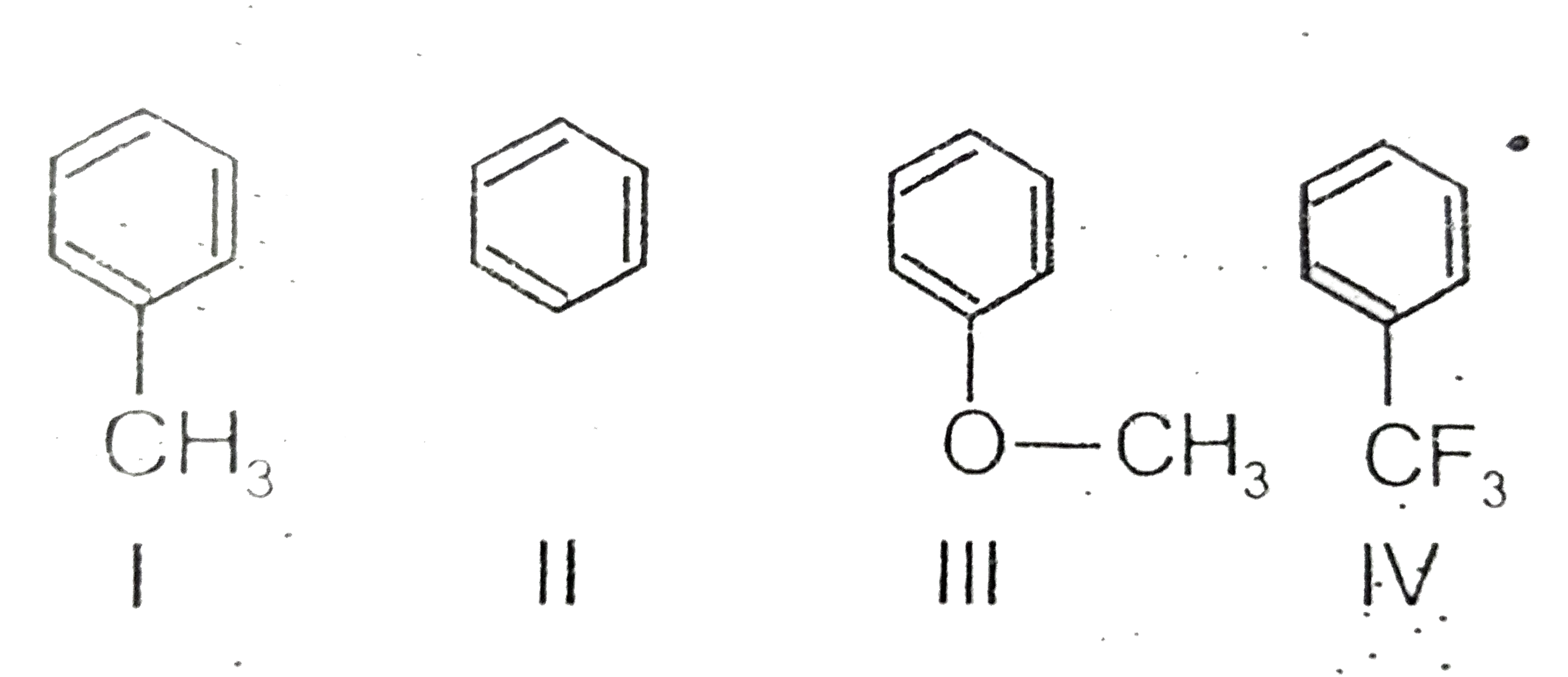
Among the compounds the order of decreasing reactivity towards electrophilic substitution is
II>I>III>IV
III>I>II>IV
IV>I>II>III
I>II>III>IV
The correct Answer is:B
Step by step video & image solution for Among the compounds the order of decreasing reactivity towards electrophilic substitution is by Chemistry experts to help you in doubts & scoring excellent marks in Class 12 exams.
Updated on:21/07/2023Topper's Solved these Questions
- ALKENE, ALKANE & ALKYNE BOOK - ALLENCHAPTER - ALKENE, ALKANE & ALKYNE EXERCISE - EXERCISE-2
103 Videos
- ALKENE, ALKANE & ALKYNE BOOK - ALLENCHAPTER - ALKENE, ALKANE & ALKYNE EXERCISE - EXERCISE-3
99 Videos
- ALKENE, ALKANE & ALKYNE BOOK - ALLENCHAPTER - ALKENE, ALKANE & ALKYNE EXERCISE - EXCERSISE-3
28 Videos
- AIIMS 2019BOOK - ALLENCHAPTER - AIIMS 2019EXERCISE - CHEMISTRY
40 Videos
- ALKYL AND ARYL HALIDEBOOK - ALLENCHAPTER - ALKYL AND ARYL HALIDEEXERCISE - EXERCISE-05 (B)
35 Videos
Similar Questions
Knowledge Check
The correct order of reactivity towards electrophilic substitution is
Abenzene > phenol > benzoic acid > chlorobenzeneBphenol > benzene > chlorobenzene > benzoic acidCchlorobenzene > benzoic acid > phenol > benzeneDbenzoic acid > chlorobenzene > benzenegtphenol.
Arrange the following compounds in order of increasing reactivity towards nucleophilic substitution:

View SolutionGive the increasing order of reactivity towards electrophilic substitution.
_CHE_E06_235_Q01.png)
View SolutionArrange the following in decreasing order of reactivity towards electrophilic substitution reaction
Aniline (I) , Acetanilide (II)
phenol (III) , Anilinium chloride (IV)
View SolutionAmong the following compounds the one that is most reactive towards electrophilic nitration is
View SolutionAmong the following compounds the one that is most reactive towards electrophilic nitration is
View SolutionHow many of these compounds are more reactive towards electrophilic substitution reaction than toluene. Phenol, Anlline, Anisole, Benzaldehyde, Chorobenzene,

View SolutionArrange the compounds in increasing order of rate of reaction towards nucleophilic substitution.

View Solution

